Gesellschaft für Kunststoffmaschinentechnik mbh
Rufen Sie uns an
+49 (0) 52 21 - 34 24 - 0
Schicken Sie uns eine E-Mail
info@digicolor.de
Besuchen Sie uns
Zeissstr. 1, D-32052 Herford
Gesellschaft für Kunststoffmaschinentechnik mbh
Rufen Sie uns an
+49 (0) 52 21 - 34 24 - 0
Schicken Sie uns eine E-Mail
info@digicolor.de
Besuchen Sie uns
Zeissstr. 1, D-32052 Herford
Do you have any questions or do you need support? Contact us now!
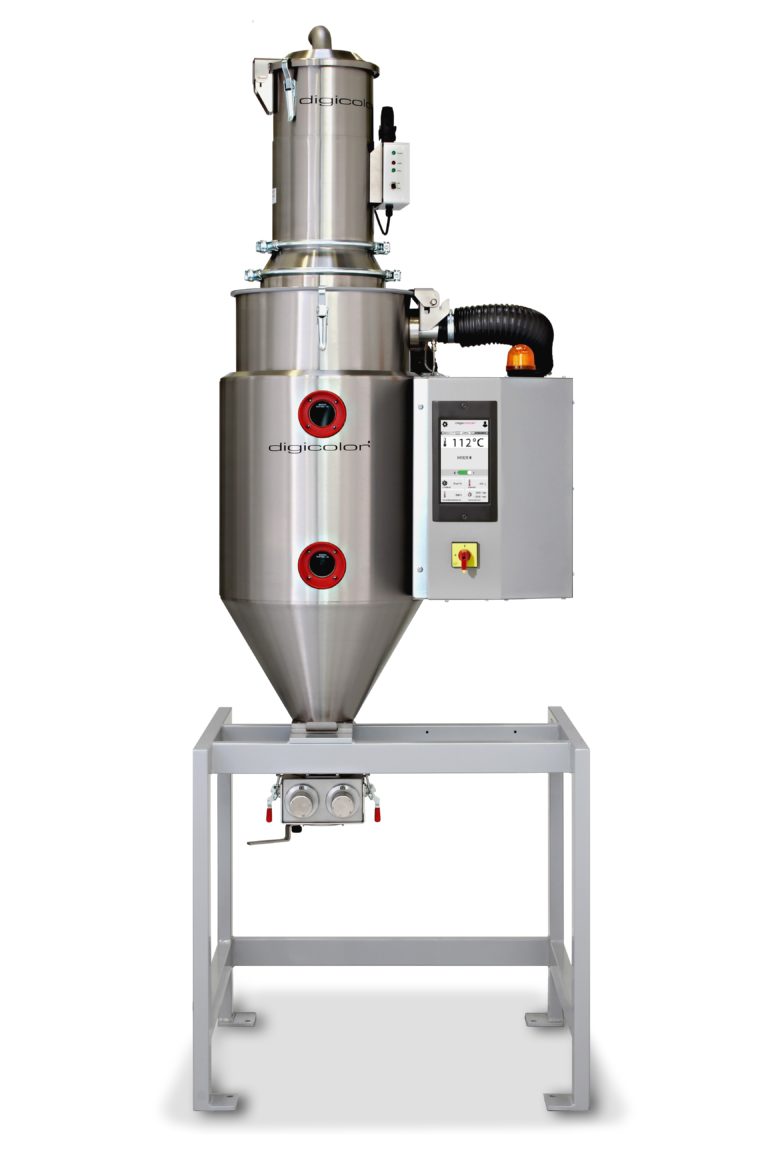
Our compact Drywell mobile dryers are used flexibly for drying plastic granulates directly next to the processing machines. Thanks to their small footprint, machine-side dryers can be easily integrated into floor spaces of injection moulding machines and extruders. Drywell next-to-the-machine-dryers…
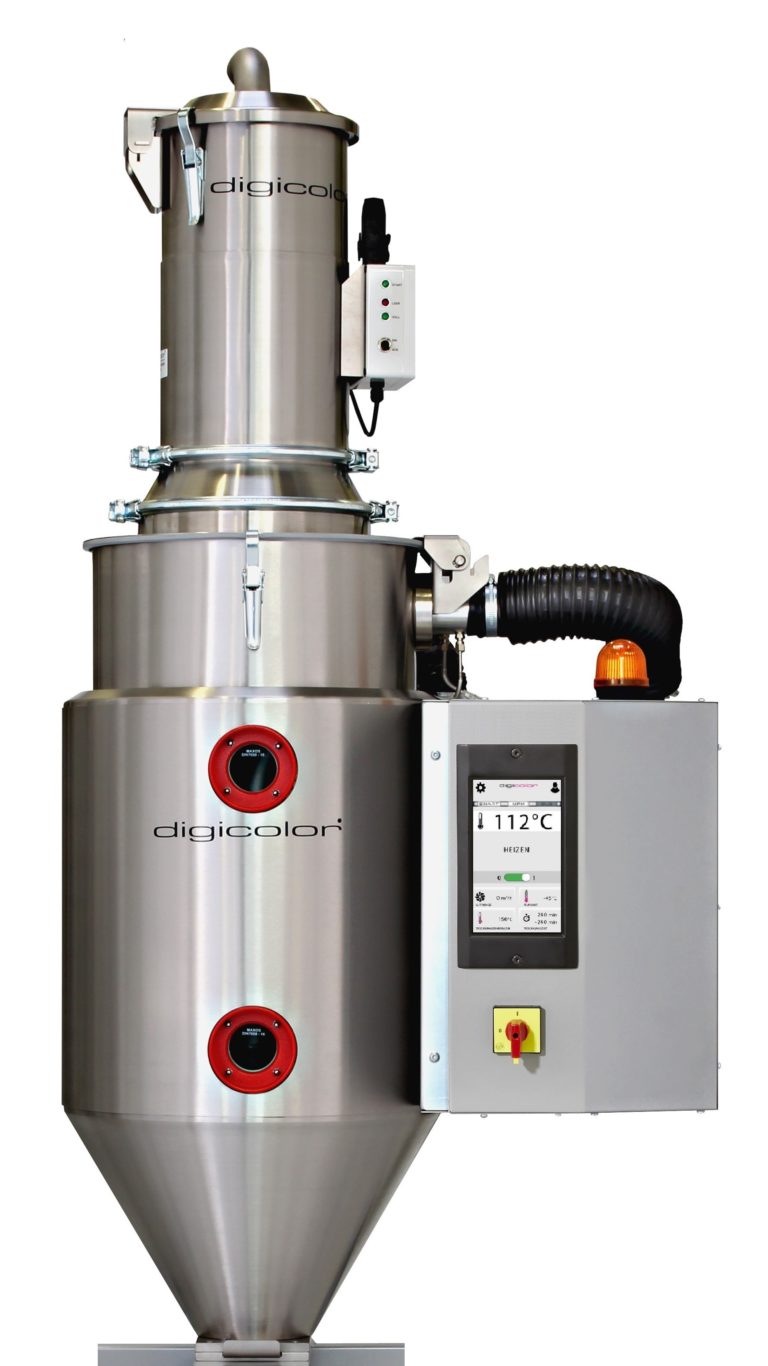
Drywell top-mounted dryers from Digicolor are used to dry free-flowing plastic granules directly on the processing machine. For this purpose, the pellet dryer is adapted directly on the machine flange of the injection moulding machine or the extruder. This means…
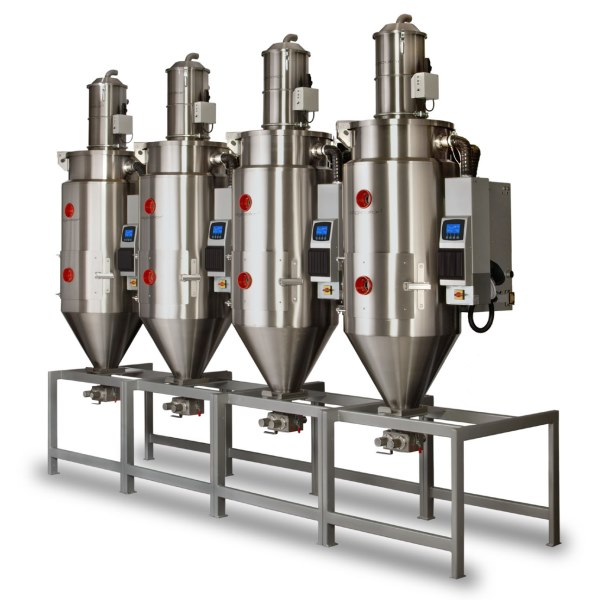
The modular design of Drywell central dryers guarantees two decisive advantages: Flexibility and future-proofing in the drying of plastic granules. This is because the Drywell central drying system allows the construction of individual, central drying units which can be supplemented,…
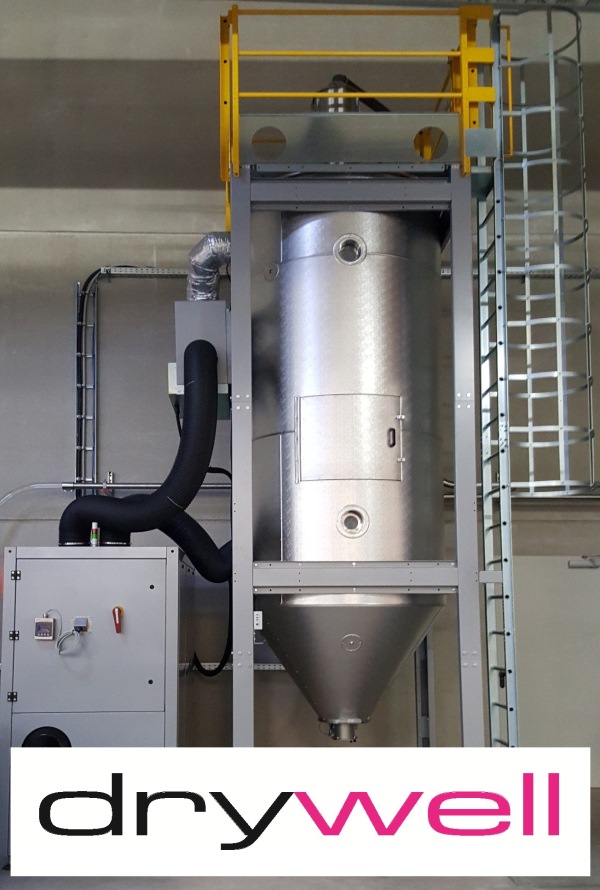
Big dry-air dryers of the Drywell series are specially developed granulate dryers with hopper volumes of up to 5.000 litres. These are primarily used in injection moulding and extrusion applications with high throughputs of plastic granulate. Depending on the application,…
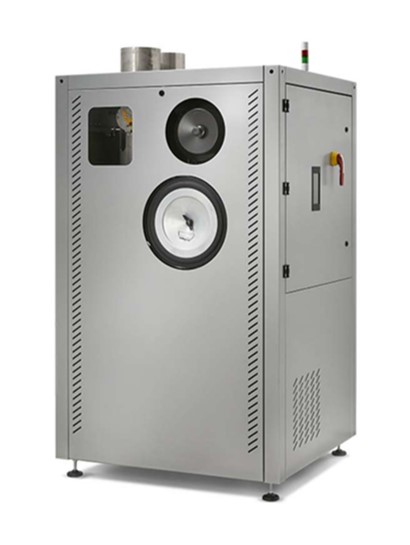
Hot air dryers from Digicolor, also known as warm air dryers, are used flexibly for preheating and surface drying of plastic pellets – either centrally or directly next to the processing machine. Thanks to their small footprint, these dryers can…
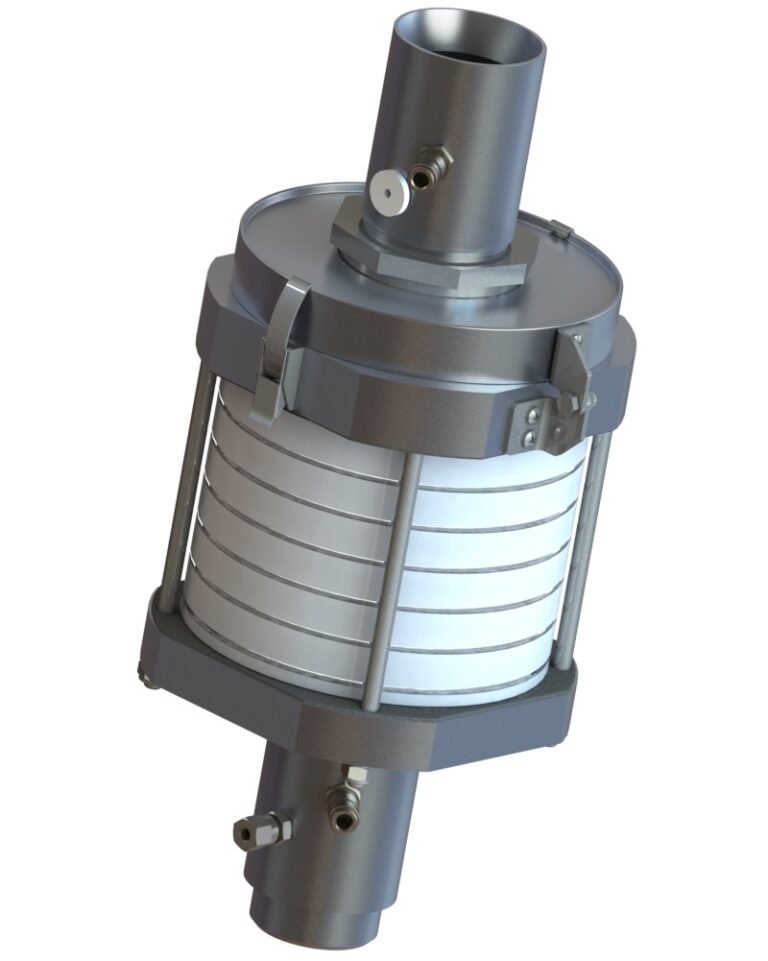
Additive filters for granulate dryers, side-by-side dryers, top-mounted dryers and central drying systems reduce harmful deposits. Additives in plastic granulates always lead to evaporation or outgassing. These are caused by the specific chemical components of the processed plastic granulates. Such…

With the Drywell system from Digicolor there are many options for dryer modernization. Either outdated, central drying air generators can be replaced, existing drying hoppers can be modernized or the granulate drying can be adapted more flexibly to the requirements…

Digicolor dry-air dryers work according to the dry-air drying principle. This process is used for the energy-efficient dehumidification of hygroscopic plastic granules without compressed air in order to achieve the required residual moisture tolerances in the granules. In plastics processing,…
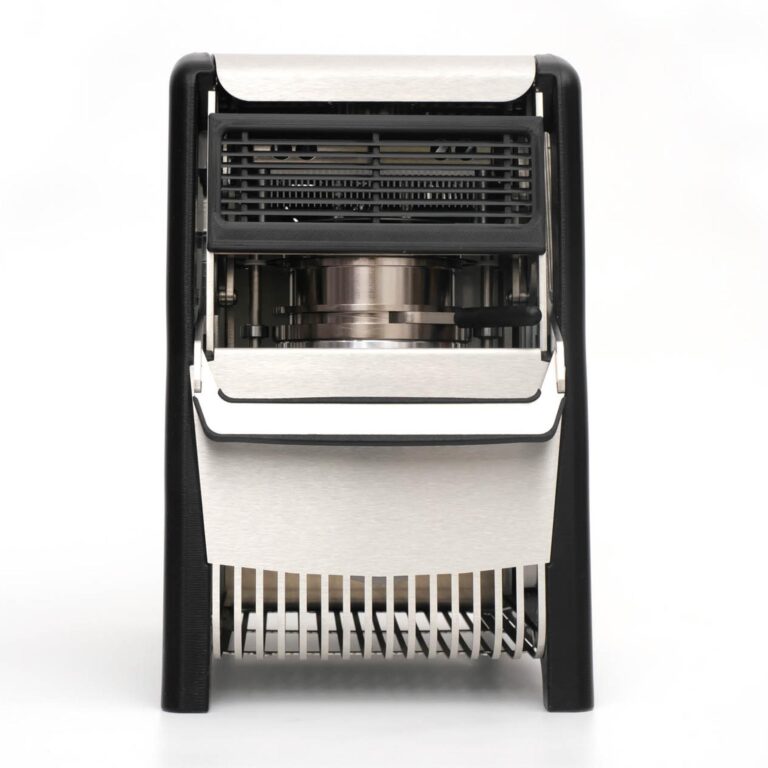
The DFM-3 is a reliable moisture meter that can be used to easily and safely determine the residual moisture content in solids, especially in plastic pellets. It has a robust and compact design and is easy to transport. For these…
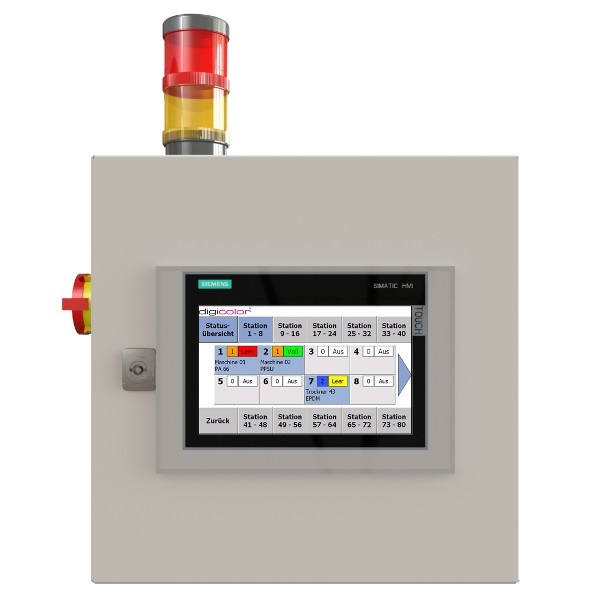
Project planning, perfectly tailored for each application Granulate supply systems are used to feed processing machines with plastic granulates in an automated manner. On the one hand, it is important to feed injection moulding machines or extruders with the required…